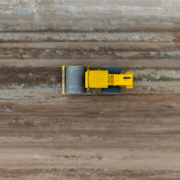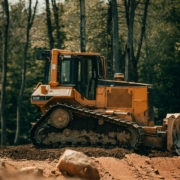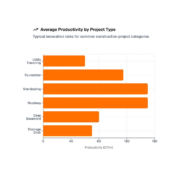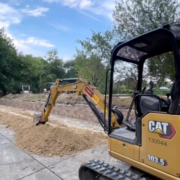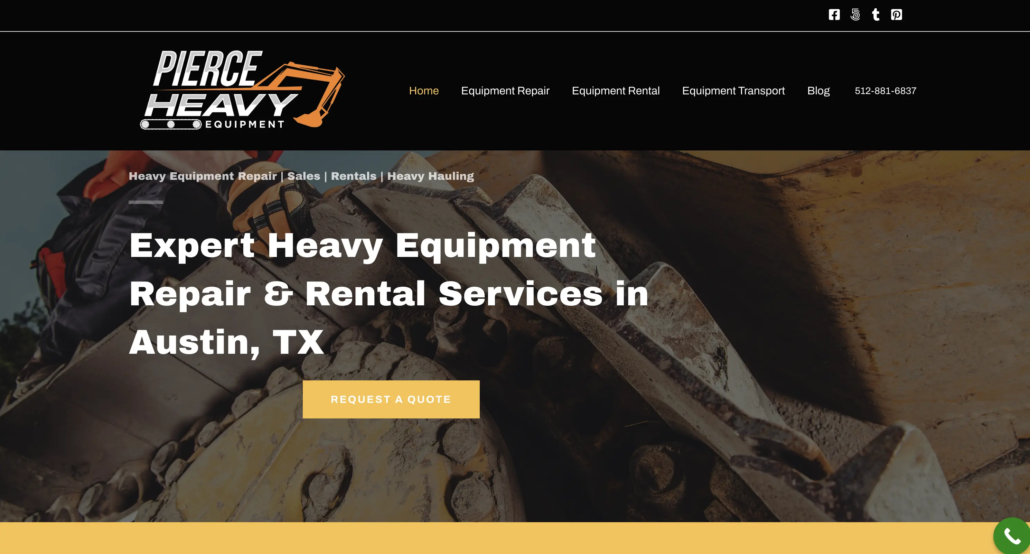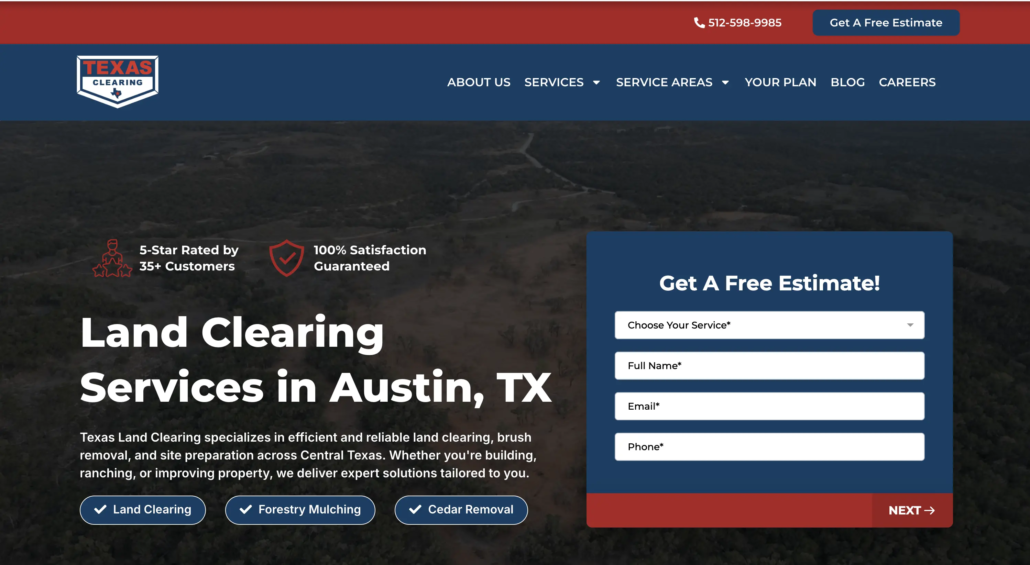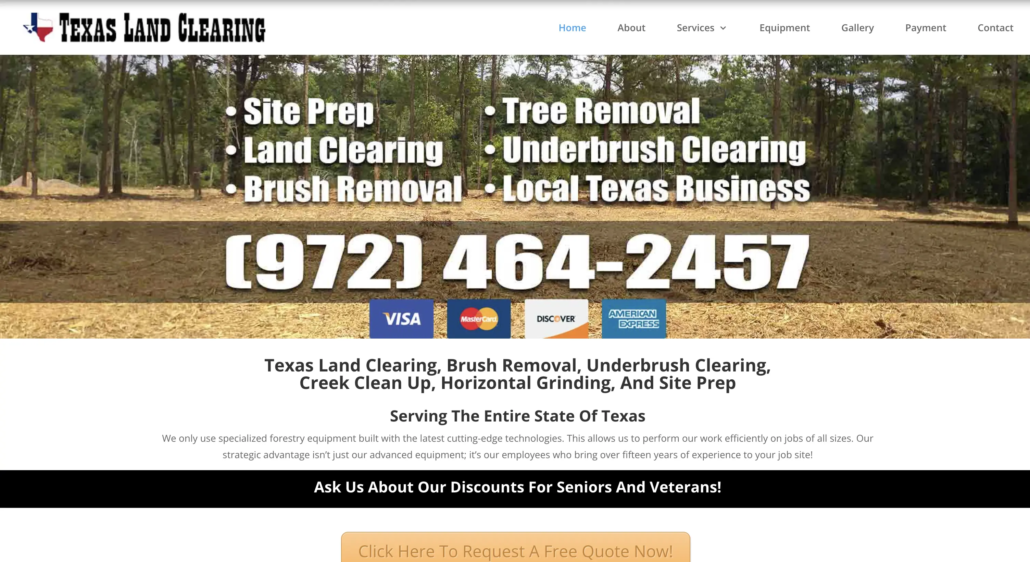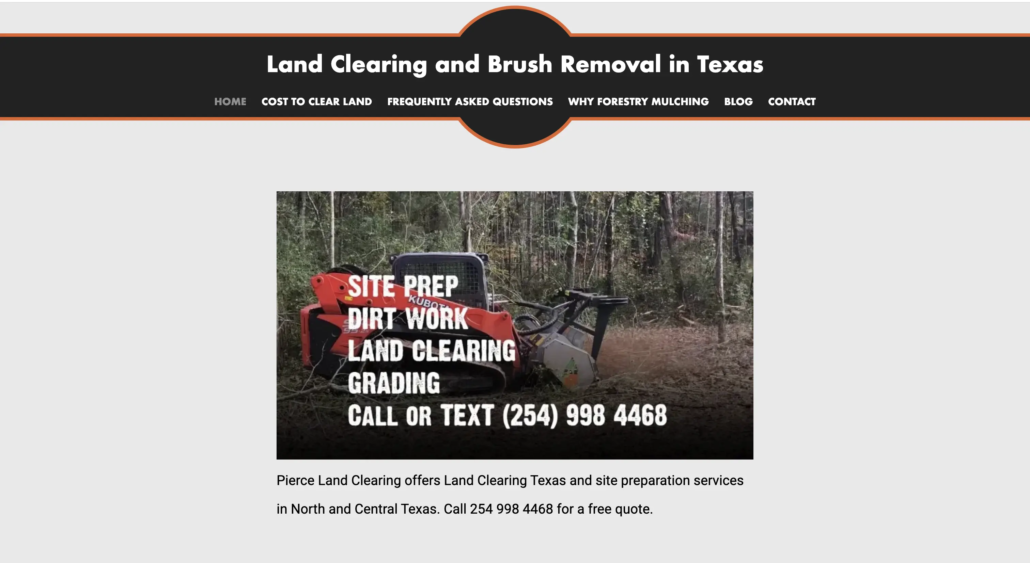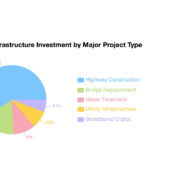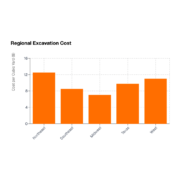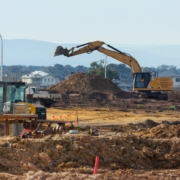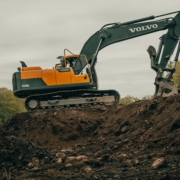
This report provides a comprehensive analysis of excavation cost per hour for 2025, aggregating data from authoritative industry sources to deliver verified cost benchmarks across the United States, with specific emphasis on Texas and the Dallas-Fort Worth metropolitan area. All figures represent current market pricing, cross-referenced against industry standards to ensure accuracy for contractors, developers, and property owners planning excavation projects.
1. Average Excavation Cost Per Hour: National Overview
Excavation hourly rates vary significantly based on equipment type, operator skill level, and regional market conditions. The national average cost for excavation services with equipment and operator ranges from $100 to $300 per hour, with specialized equipment or challenging conditions pushing rates higher.
Understanding excavation hourly costs is essential for accurate project budgeting. Unlike per-cubic-yard pricing, hourly rates provide transparency for projects where scope may evolve or where accessibility challenges affect productivity.
2. Excavation Cost Per Hour by Project Type
Different excavation projects require varying levels of equipment, expertise, and time investment, directly affecting hourly costs. The following table breaks down average hourly rates by common project categories.
| Project Type | Equipment Typically Used | Average Hourly Rate | Average Project Duration | Total Cost Range |
|---|---|---|---|---|
| Residential Foundation Excavation | Standard excavator, backhoe | $150 – $250 | 8 – 24 hours | $1,500 – $6,000 |
| Basement Excavation | Large excavator, dump trucks | $200 – $300 | 16 – 40 hours | $5,000 – $15,000 |
| Pool Excavation | Mini to standard excavator | $120 – $220 | 4 – 12 hours | $1,000 – $5,000 |
| Driveway/Patio Excavation | Skid steer, mini excavator | $100 – $180 | 4 – 8 hours | $1,000 – $2,500 |
| Utility Trenching | Backhoe, trencher | $120 – $200 | 4 – 16 hours | $500 – $3,200 |
| Land Grading & Leveling | Bulldozer, grader | $150 – $300 | 8 – 24 hours | $1,000 – $7,200 |
| Commercial Site Preparation | Multiple equipment types | $200 – $400+ | 40 – 200+ hours | $10,000 – $80,000+ |
3. Excavation Cost Per Hour by Equipment Type
The following table details verified hourly rates for different excavation equipment types, comparing national averages with Texas-specific pricing and Dallas-Fort Worth area rates.
| Equipment Type | National Hourly Rate | Texas Hourly Rate | Dallas-Fort Worth Rate | Typical Applications |
|---|---|---|---|---|
| Mini Excavator (with operator) | $100 – $150 | $110 – $165 | $120 – $150 | Utility trenching, landscaping, residential work |
| Standard Excavator (with operator) | $150 – $250 | $175 – $275 | $200 – $260 | Foundation digging, general excavation, site prep |
| Large Excavator (with operator) | $200 – $350 | $250 – $400 | $280 – $375 | Heavy construction, deep excavation, commercial projects |
| Backhoe (with operator) | $100 – $200 | $120 – $220 | $135 – $200 | Trenching, utility work, backfilling |
| Bulldozer (with operator) | $150 – $300 | $175 – $350 | $200 – $325 | Land clearing, rough grading, large-scale earthmoving |
| Skid Steer (with operator) | $75 – $150 | $90 – $165 | $100 – $155 | Light grading, material handling, confined spaces |
4. Excavation Cost Per Hour: Labor Costs, Operator Wages and Crew Rates
Labor represents a significant component of total excavation costs. Operator skill level, equipment certification requirements, and local wage markets all influence hourly labor rates.
| Operator Type/Skill Level | National Hourly Wage | Texas Hourly Wage | Dallas-Fort Worth Wage |
|---|---|---|---|
| Excavator Operator (entry-level) | $20 – $26 | $21 – $28 | $23 – $30 |
| Excavator Operator (experienced) | $26 – $35 | $28 – $38 | $30 – $42 |
| Backhoe Operator | $22 – $30 | $24 – $33 | $26 – $36 |
| Dozer Operator | $23 – $33 | $25 – $36 | $27 – $38 |
| Heavy Equipment Operator (all types) | $21 – $34 | $23 – $36 | $25 – $39 |
| Excavation Laborer (ground crew) | $18 – $25 | $19 – $28 | $21 – $30 |
5. Excavation Hourly Rates: Regional Comparison
Excavation costs vary by region due to differences in labor markets, fuel costs, equipment availability, and local regulations. Texas excavation costs consistently rank among the higher tier nationally, primarily due to the state’s booming construction industry and challenging soil conditions (particularly caliche and expansive clay).
| State/Region | Average Excavation Hourly Rate | Variance from National Average | Key Cost Factors |
|---|---|---|---|
| National Average | $100 – $300 | Baseline | Mixed soil, moderate accessibility |
| Texas | $175 – $400 | +15% to +25% | Caliche soil, expansive clay, high demand |
| California | $200 – $450 | +30% to +40% | High labor costs, regulations, urban density |
| Florida | $120 – $280 | +5% to +10% | Limestone, water table challenges, hurricanes |
| New York | $180 – $380 | +20% to +30% | Rocky terrain, urban complexity, high labor costs |
| Colorado | $140 – $320 | +10% to +15% | Rocky soil, altitude challenges, seasonal constraints |
| Georgia | $110 – $270 | +5% to +10% | Red clay, moderate demand |
| Illinois | $130 – $290 | +8% to +12% | Frost depth requirements, seasonal work |
| Arizona | $125 – $300 | +8% to +12% | Hardpan, desert conditions, heat challenges |
| North Carolina | $115 – $275 | +5% to +10% | Mixed soil, growing market |
Maximizing Value: Reducing Excavation Costs
Smart planning and clear communication can significantly reduce excavation expenses. Here’s how:
Top Cost-Saving Tips
- Get Multiple Quotes: Secure 3+ detailed bids to compare labor, equipment, and scope.
- Schedule Off-Season: Winter months often bring lower hourly rates.
- Prep in Advance: Remove brush, flag utilities, and mark property lines before crews arrive.
- Bundle Work: Combine projects (e.g., trenching and grading) for lower rates.
- Test Your Soil: Know what you’re digging—rock and clay increase costs.
- Use the Right Equipment: Don’t pay for oversized gear if you don’t need it.
- Minimize Disposal Fees: Reuse clean fill onsite when possible.
- Avoid Scope Creep: Stick to the plan to prevent cost overruns.
Ready to Start Your Dallas-Fort Worth Excavation Project?
Kitching Co. brings over a decade of excavation and underground utility expertise to residential and commercial projects throughout the Dallas-Fort Worth metroplex. Our experienced operators and modern equipment fleet ensure efficient, accurate excavation services delivered on schedule and within budget.
Whether you need residential foundation excavation, commercial site preparation, utility trenching, or precision grading for drainage and underground utilities, our team understands the unique challenges of North Texas excavation—from navigating caliche hardpan to working safely around complex underground utility infrastructure.
We provide transparent hourly pricing, detailed project estimates, and the professional expertise that turns excavation from a stressful uncertainty into a smoothly executed foundation for your project’s success.
Contact Kitching Co. today for a detailed excavation estimate tailored to your specific project requirements, site conditions, and timeline.
References
1.Angi. (2025). “2025 Excavation Cost: A Complete Price Guide.” Retrieved from: https://www.angi.com/articles/excavation-costs.htm
2.HomeGuide. (2025 ). “2025 Excavation Costs — Calculator & Prices By Project & Hour.” Retrieved from: https://homeguide.com/costs/excavation-cost
3.ProMatcher. (2025 ). “Texas Excavation Costs & Prices – Cost Report.” Retrieved from: https://excavation.promatcher.com/cost/texas.aspx
4.TH-Mach. (2025 ). “How Much Does an Excavator Cost: A Complete 2025 Pricing Guide.” Retrieved from: https://www.th-mach.com/How-Much-Does-an-Excavator-Cost
5.ZipRecruiter. (2025 ). “Excavation Laborer Salary: Hourly Rate November 2025.” Retrieved from: https://www.ziprecruiter.com/Salaries/Excavation-Laborer-Salary
6.Salary.com. (2025 ). “Excavation Laborer Salary in the United States.” Retrieved from: https://www.salary.com/research/salary/hiring/excavation-laborer-salary
7.PayScale. (2025 ). “Heavy Equipment Operator Hourly Pay.” Retrieved from: https://www.payscale.com/research/US/Job=Heavy_Equipment_Operator/Hourly_Rate
8.SitePrep.com. (2025 ). “Foundation Excavation Cost Guide 2025.” Retrieved from: https://www.siteprep.com/articles/how-much-does-a-foundation-excavation-cost/
9.HomeGuide. (2025 ). “Regional Excavation Cost Variations.” Retrieved from: https://homeguide.com/costs/excavation-cost
10.ProMatcher. (2025 ). “Dallas Excavation Costs & Prices.” Retrieved from: https://excavation.promatcher.com/cost/dallas-tx-excavation-costs-prices.aspx
11.Kitching Co. (2025 ). “Average Excavation Cost Per Yard by Region: 2025 Report.” Retrieved from: https://kitchingco.com/uncategorized/average-excavation-cost-per-yard-by-region-2025-report/
12.Kitching Co. Internal Project Data. (2024-2025 ). Dallas-Fort Worth metropolitan area excavation projects.
13.FJDynamics. (2025). “Excavator Rental Costs Compared Across Sizes and Models.” Retrieved from: https://www.fjdynamics.com/blog/industry-insights-65/excavator-rental-cost-537
